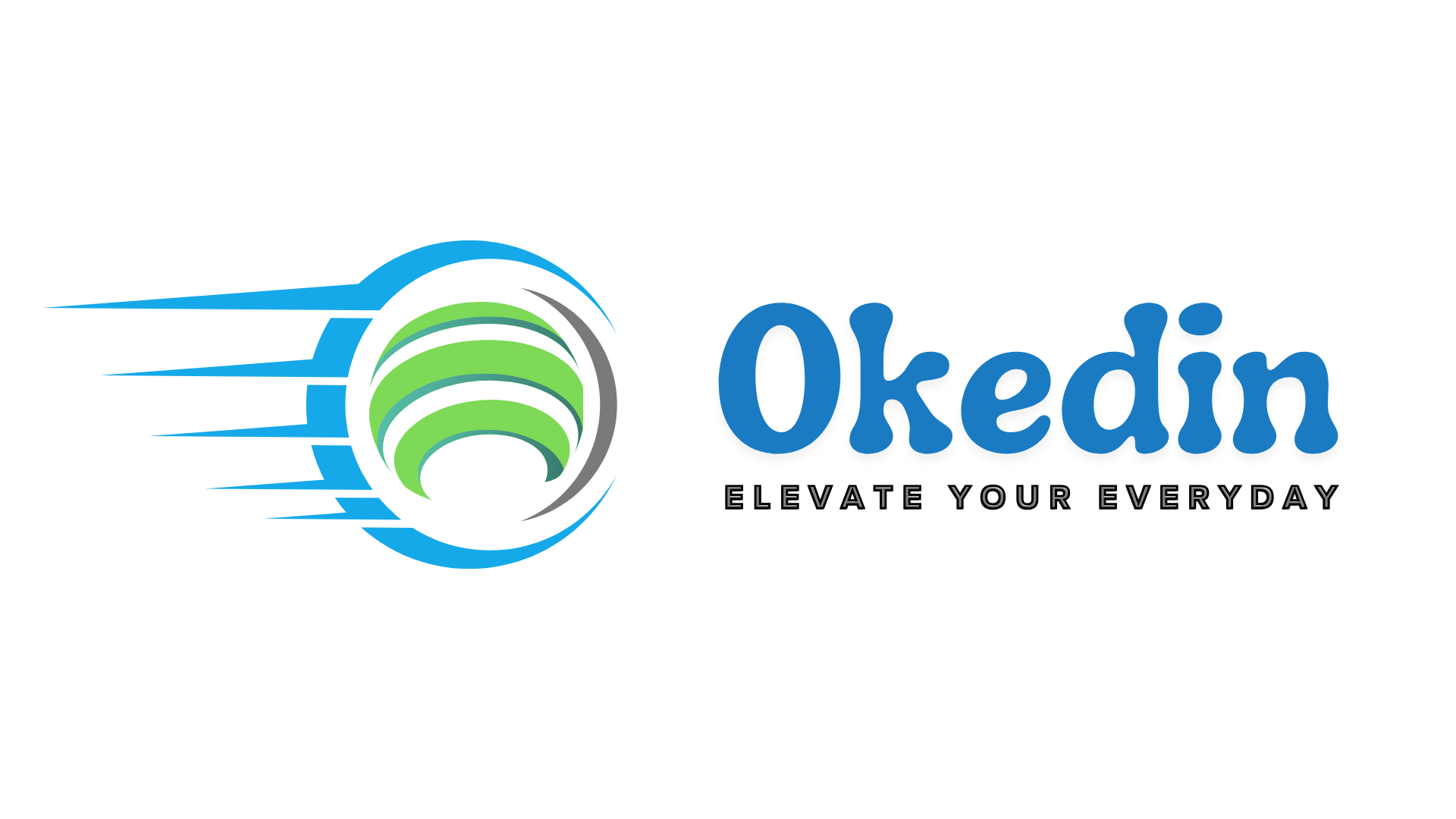In the fitness journey, it’s essential to track fitness progress accurately and effectively. Understanding how far you’ve come not only provides motivation but also helps in making informed decisions about your workout regime. The key is to find effective techniques that resonate with you personally, allowing you to celebrate small victories along the way while keeping an eye on your ultimate fitness goals.
Track fitness progress

When embarking on a fitness journey, knowing how to track fitness progress becomes crucial. This understanding allows you to customize your workouts based on real data rather than guesswork. In this section, we will delve into various methods of tracking your fitness without being overwhelmed by numbers or metrics.
Setting Clear Goals
Before any tracking can commence, establishing clear and attainable fitness goals is paramount. These goals should be Specific, Measurable, Achievable, Relevant, and Time-bound (SMART). This framework acts as the foundation upon which you can evaluate success.
By setting specific goals like “I want to run 5 kilometers without stopping” instead of vague objectives such as “I want to get fit,” you create a more focused approach to your training. Knowing what you’re aiming for sets the stage for measurement.
Moreover, having a timeline attached to your goals gives you a sense of urgency and responsibility. If you aim to reach a certain level within three months, you are more likely to commit to your workout plan earnestly. This sense of purpose nourishes your drive and enthusiasm, enabling you to track both progress and areas requiring further effort.
Utilizing Technology
In today’s digital age, technology offers an array of tools to help individuals track fitness progress efficiently. Fitness apps, wearable devices, and even smart gym equipment provide insights into performance metrics that were previously available only through lab testing. These devices can monitor heart rate, calories burned, steps taken, and much more.
Wearable tech like smartwatches or fitness bands can automate the process, taking the hassle out of recording workouts manually. Many of these tools come equipped with GPS trackers, which allow runners and cyclists to measure their distance covered accurately. This data not only provides immediate feedback on performance but also helps in adjusting training plans accordingly.
However, it’s essential to remain mindful of over-reliance on technology. Sometimes, less is more, and the emotional connection to your fitness journey can get diluted if too many metrics govern your experience. Aim for a balance between leveraging technological advancements and maintaining your intrinsic motivation.
Keeping a Workout Journal
Another classic yet profoundly effective method for monitoring your fitness progress is maintaining a workout journal. Recording your workouts, nutrition, and feelings helps create a holistic view of your fitness journey. It serves as a reflective tool, where you can see patterns over time—what works, what doesn’t, and how you can adjust.
In this journal, include details like the type of workout, duration, intensity, and post-workout feelings. This practice not only helps in tracking physical changes but also highlights mental aspects tied to your workouts. Did you feel energized after your lifting session? Did yoga leave you feeling centered? These reflections can guide your future choices.
Writing down your achievements, no matter how small, fosters a positive mindset. Reflecting on past entries can remind you of the progress you’ve made and motivate you to push further.
Regular Assessments
Setting significant milestones throughout your fitness journey, such as monthly assessments, can provide a structured way to track fitness progress. These evaluations could involve repeating initial fitness tests—like timed runs, max weight lifts, or flexibility assessments—to gauge improvements over time.
Regular assessments keep you accountable and encourage you to stay committed to your goals. They can highlight strengths and weaknesses in your workouts, guiding you in adjusting your training accordingly. Perhaps you notice that while your strength has improved, endurance needs focus.
However, it’s crucial to approach these assessments positively. Instead of viewing them as judgment days, consider them as opportunities for growth and understanding. Celebrate successes and learn from setbacks without letting them define your journey.
Best ways to measure workout results.
Understanding how to assess the effectiveness of your workouts goes beyond just scales and mirrors. In this section, we will explore some of the best ways to measure workout results, providing you with comprehensive insights to stay motivated and on track.
Body Measurements and Composition
One of the most reliable indicators of fitness is body measurements. Using a tape measure to record areas like the waist, hips, chest, arms, and thighs can provide insight into your body composition over time. While weight can fluctuate due to various factors, changes in your measurements give a more accurate reflection of fat loss and muscle gain.
Body composition analysis is another crucial aspect; determining the ratio of fat mass to lean mass helps in understanding overall health better than relying solely on weight. Various methods exist for measuring body composition, including skinfold calipers, bioelectrical impedance scales, and DEXA scans. Each method has its pros and cons, so choose one that fits your lifestyle and budget.
Additionally, be sure to take progress photos at regular intervals. Visual evidence can often be more motivating than numbers. Seeing how your body transforms over time can uplift your spirits and reinforce your commitment to your fitness routine.
Performance Metrics
Tracking performance metrics is one of the best ways to measure workout results. Whether it’s the number of reps completed, weight lifted, or speed achieved, these metrics provide tangible indicators of improvement.
For instance, if you started squatting 50 pounds and, after a month of dedicated training, you find yourself lifting 70 pounds with ease, that’s a significant achievement worth celebrating. Such performance markers demonstrate growth and commitment, serving as testament to your hard work and effort.
Moreover, consider setting personal records (PRs) for various exercises, and make a habit of attempting to break those records periodically. This practice not only keeps your workouts exciting but also reinforces your goal-oriented mindset. Even minor enhancements in performance are worthy of acknowledgment—they signify progress and dedication.
Recovery and Well-being
While workout metrics focus primarily on performance outcomes, measuring recovery and well-being is equally vital. The ability to recover adequately can indicate fitness levels; if you’re continually fatigued or experiencing burnout, it may signal overtraining or inadequate recovery protocols.
Listening to your body is fundamental. Factors such as sleep quality, energy levels, and mood can significantly impact your workout results. Consider incorporating rest days intentionally and monitoring how your body responds.
Mindfulness practices, such as meditation or yoga, can improve mental clarity and reduce stress, ultimately enhancing workout productivity. Keep a log of how you feel after workouts and during recovery periods. This data can reveal patterns that inform future training protocols and foster overall wellness.
Nutrition Tracking
Nutrition plays a pivotal role in achieving fitness results, thus making it one of the best ways to measure workout results. What you eat influences muscle recovery, energy levels, and overall performance. Tracking your nutrient intake gives you insights into how well your diet supports your fitness regimen.
Apps and journals can assist in monitoring daily food consumption, ensuring you hit macro- and micronutrient targets. Pay special attention to protein intake, hydration, and pre/post-workout nutrition.
Evaluating how your body feels and performs alongside dietary changes can lead to profound insights. A balanced diet promotes energy while excessive processed foods may lead to fatigue and hindered results. Experimenting with different dietary approaches can yield valuable information about what best supports your training objectives.
Conclusion
Measuring workout success encompasses a multitude of methods, each contributing unique insights into your fitness journey. Whether you prefer to track fitness progress using technology, traditional journaling, or performance metrics, the important part is finding what resonates with you.
As you explore different techniques to assess your workout results, remember that fitness is a highly individual experience. Strive for consistency rather than perfection, celebrate your wins, and approach challenges with an open mind. Ultimately, the journey is just as significant as the destination, and your story will inspire others along the way.


